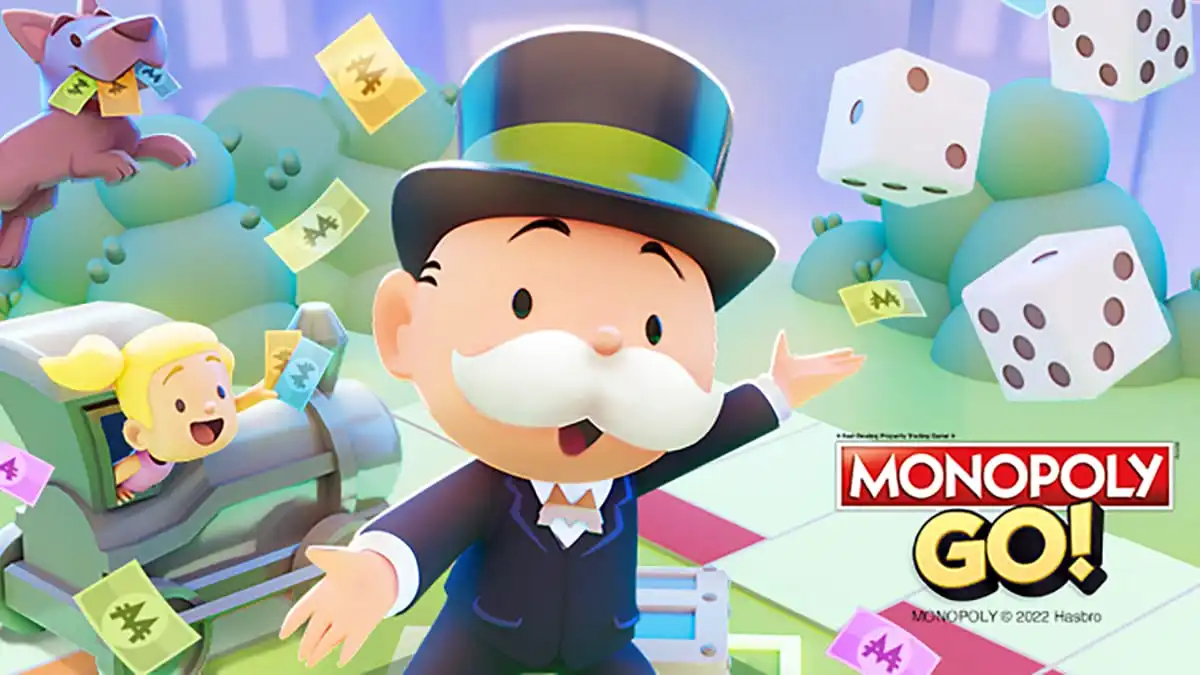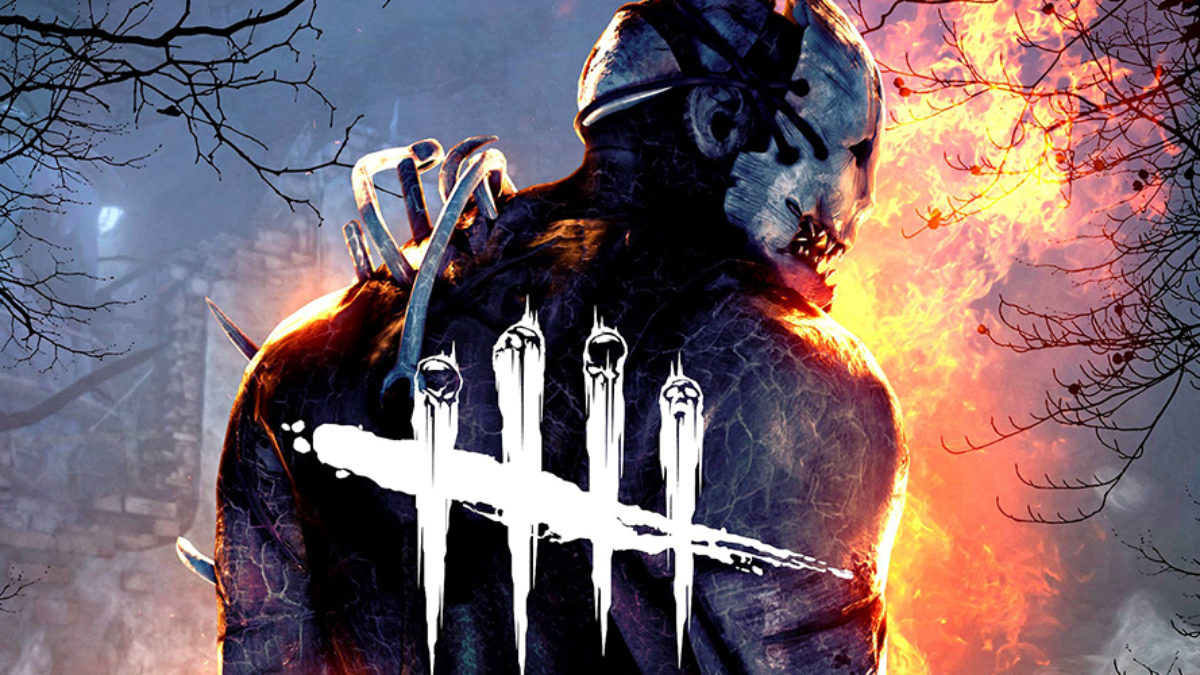Paper Mario hasn’t been the most consistent series over the years, but if there’s one thing you can count on it’s unconventional combat. And that’s exactly the case with the battle system in Nintendo and Intelligent Systems’ latest, Paper Mario: The Origami King. After the last few entries fans have really been jonesing for some more RPG conventions, and to its credit, Paper Mario: The Origami King relents a bit in that direction. But only a little. So what’s the deal with the ring stuff? Do you still have limited resources for only basic attacks? Does Paper Mario still know about timed hits? Here’s a rundown on the basics in how combat works in Paper Mario: The Origami King to answer those questions.
How Combat Works in Paper Mario: The Origami King
Combat in Paper Mario: The Origami King is turn-based, and you may be stoked to know the basic attacks such as jumping and hammer are always available. Upgrades such as Iron Boots are temporary in a “durability” kind of way, but you can always count on having the fundamentals available. You can also expect the usual timed hits or mini game-style attacks, as Paper Mario does get bonus damage based on visual prompts and timing when he’s bopping Goombas and delivering blunt force trauma to the Origami horrors of the Mushroom Kingdom. The core here is the puzzle-like ring system in combat, which players have to navigate before the ESRB-friendly “Mild Comic Violence” can pop off.
Related: How Long is Paper Mario: The Origami King?
Like other Paper Mario games, Origami King’s battles take place in an entertainment venue, this time an outdoor coliseum surrounded by bleachers. In the middle is a set of four segmented rings forming a larger circle, almost like a dartboard. Mario stands on the “bullseye” spot, while enemies occupy ring segments, clumped together. Your first goal is to move parts of the board, either by rotating the rings or pushing/pulling segment lines in order to group enemies together. If you do it right, you’ll get a 1.5x damage boost for your attacks. Things get more complicated for boss fights, but against normal baddies you’ll either be grouping enemies in straight lines of four, or in huddled groups of two (making a square of four). The format dictates what attack you’ll use; jumps are for lines, and the hammer swats the 2×2 clusters. In most cases, solving the initial puzzle leads to a guaranteed one-turn finish, but if you’re having trouble the game does what it can to help you out.
For more information on Paper Mario: The Origami King, you can check out Nintendo’s in-house work too!
As you find hidden Toads throughout Mario’s travels, and there are a lot of those suckers, the Mushroom Kingdom punching bags will fill up those bleachers we mentioned earlier. At the start of the fight, you can hold the Y button to toss out some money, and the Toads will rush the stage to take your cash and help you out. They’ll throw garbage at the baddies, heal Mario, and even adjust the rings a little to give you a head start. Alternatively if the timer ticking down during the puzzle phase is making you sweat, you can hold the + button to feed the meter with coins and get more time. And even if you mess up and have to take an extra turn, you’ll still get that 1.5 bonus once you take down a couple enemies so you can mop up on your next turn.
But that’s not all! You can also press X to ask Olivia for help, just like you can in the overworld. You can also click the R3 button to get a bird’s eye view of the whole board, which can be helpful especially when the boards get busier. The ring puzzles are heavy on the geometry, and not everyone has the same capacity for that stuff. So if you do struggle, there’s an option in the settings you can toggle for extra visual aids. Finally, the B button helps you back out of things, so if you click the wrong ring or don’t want to commit just yet you can do so, and you can even try running from battle by holding it. We don’t recommend running unless you’re really in a hurry, because every coin counts.
We’re just getting started with our Paper Mario: The Origami King coverage, but you can check out what we have so far. Just check out the links below for our other guides for this adorable adventure. And we’ll toss in some other Nintendo content for good measure:
- How Long is Paper Mario: The Origami King?
- All Paper Mario: The Origami King Bosses
- Where to Find Pirate Gulliver in Animal Crossing: New Horizons
Are you mastering the puzzle-like combat in Paper Mario: The Origami King? How do you feel about it overall? Give us a shout on Twitter or Facebook for your thoughts on Mario’s newest, papery shindig.





Published: Jul 20, 2020 03:02 pm